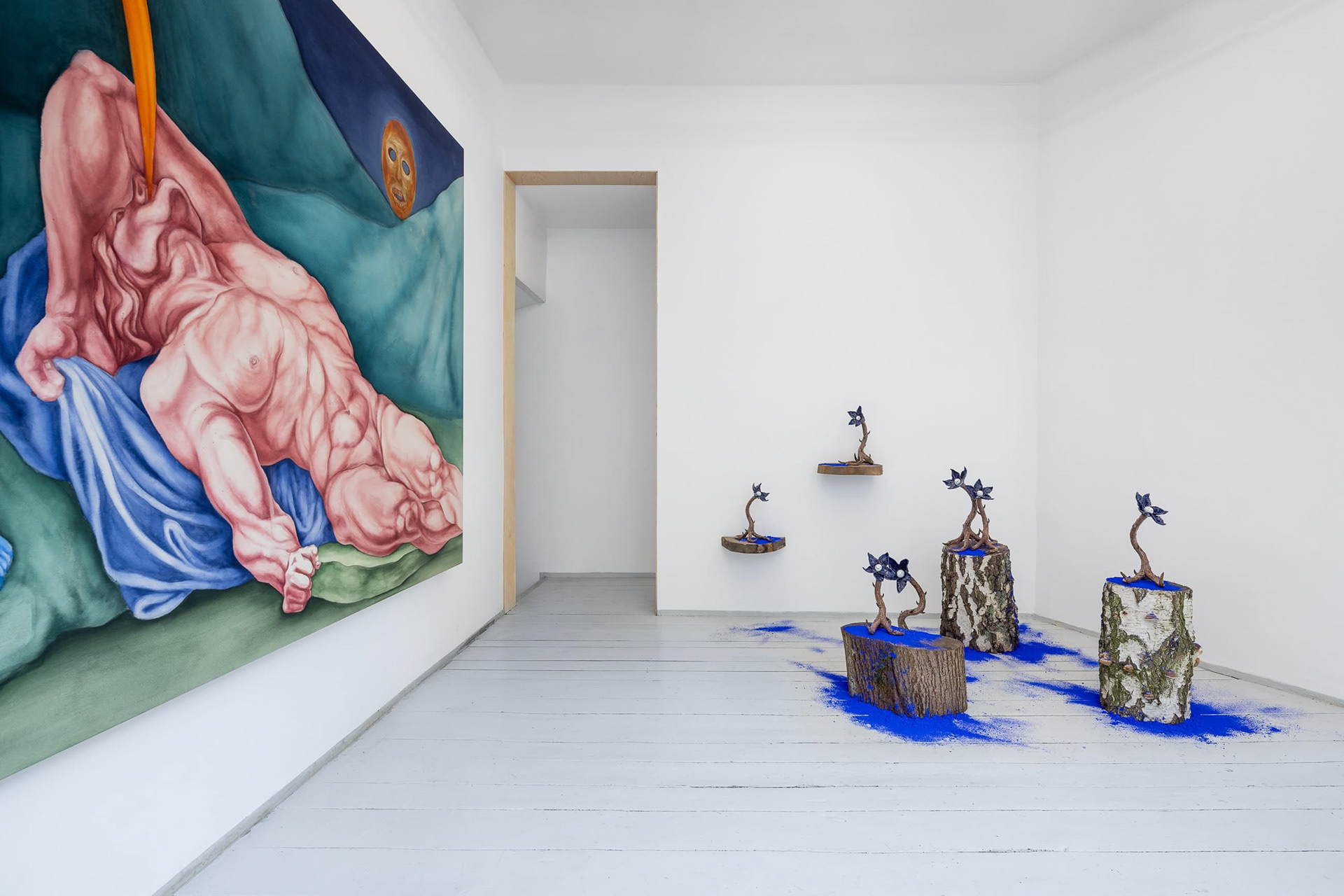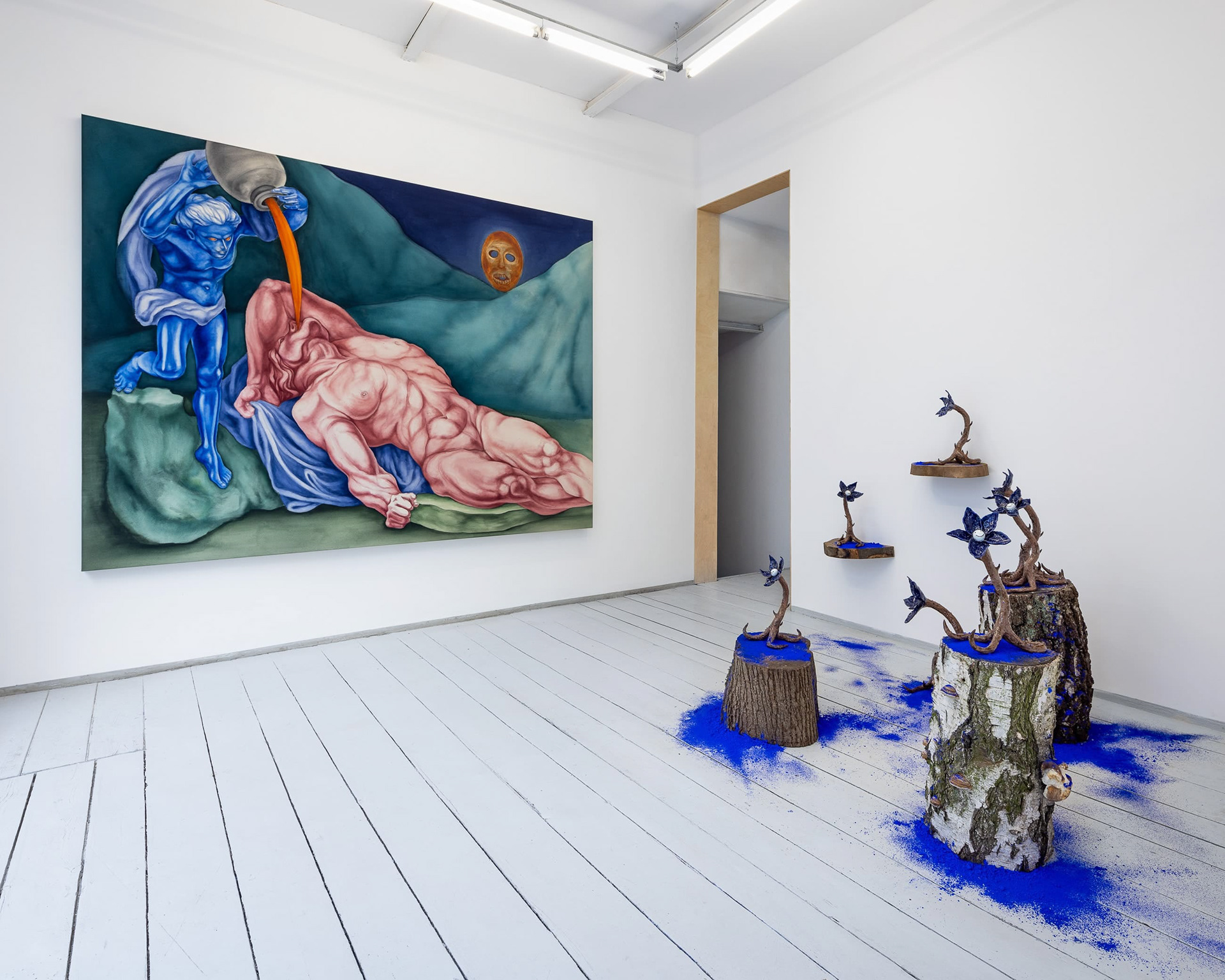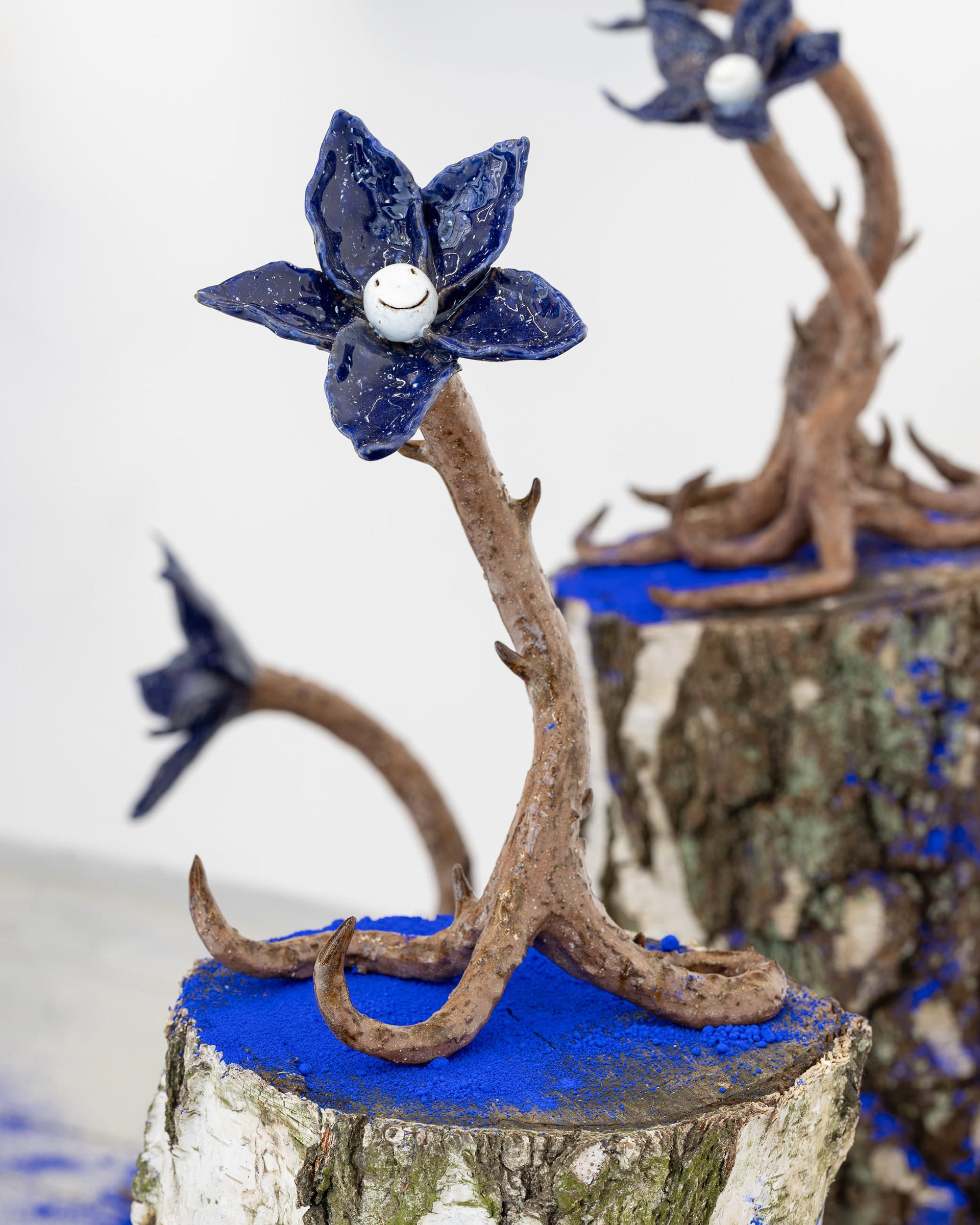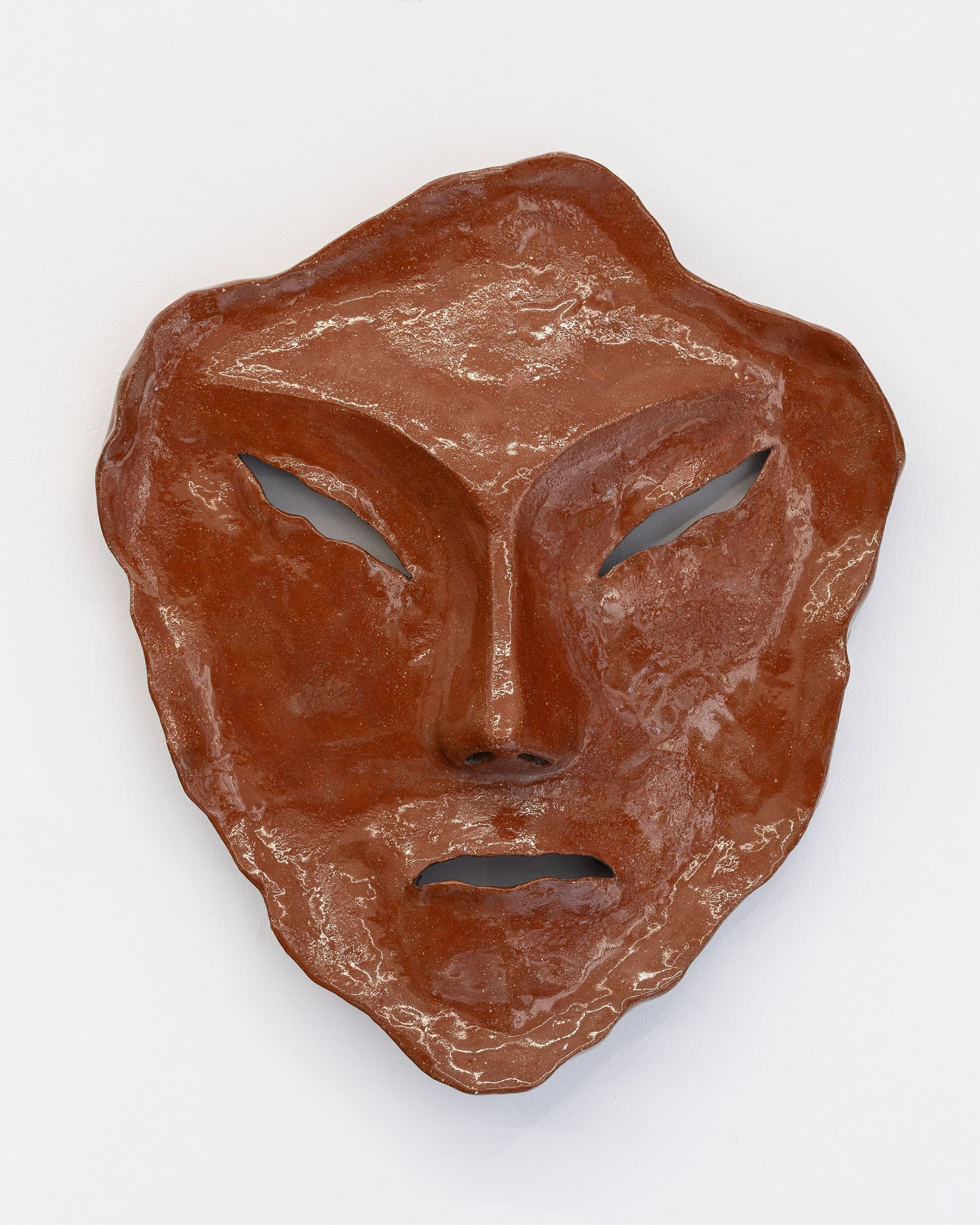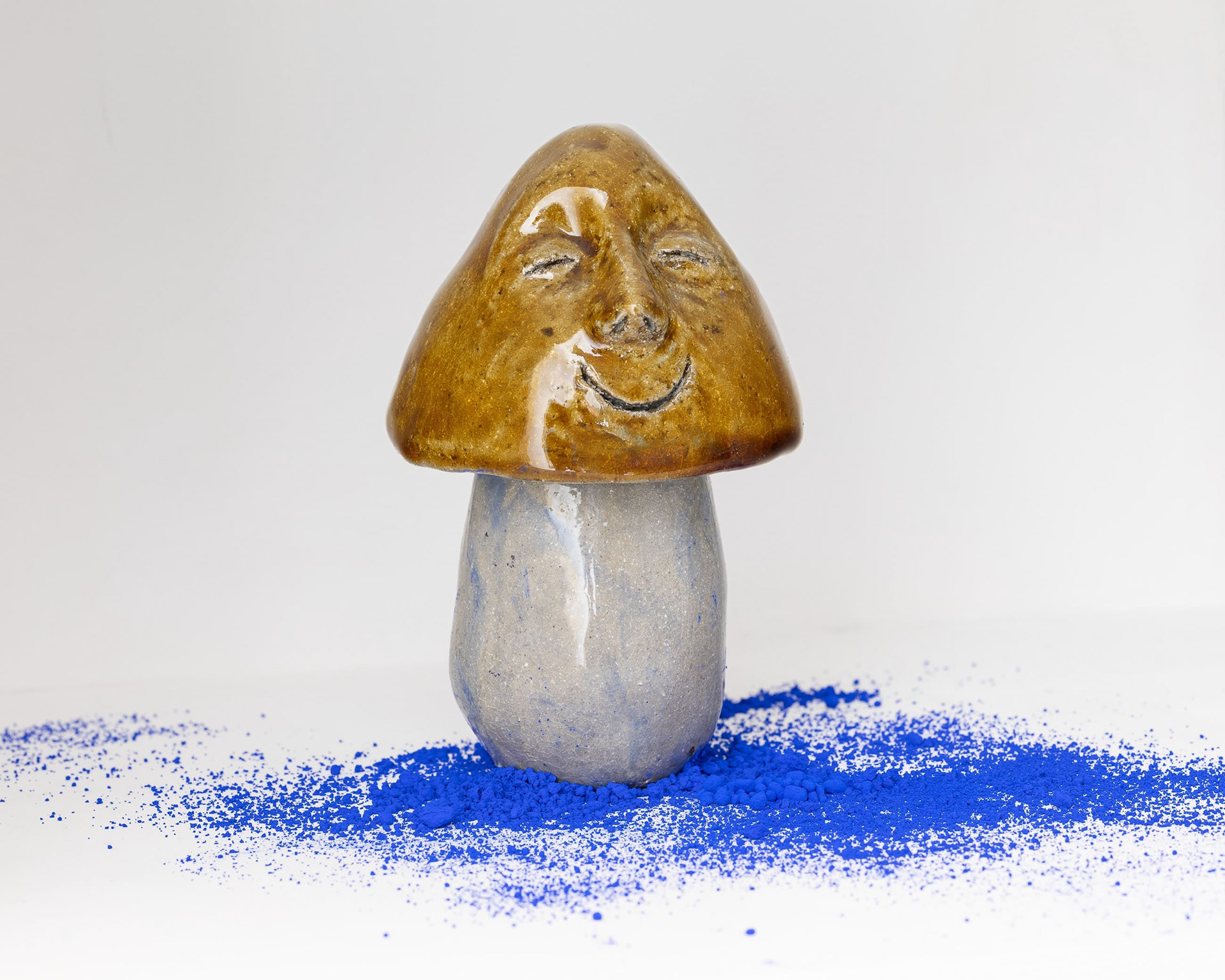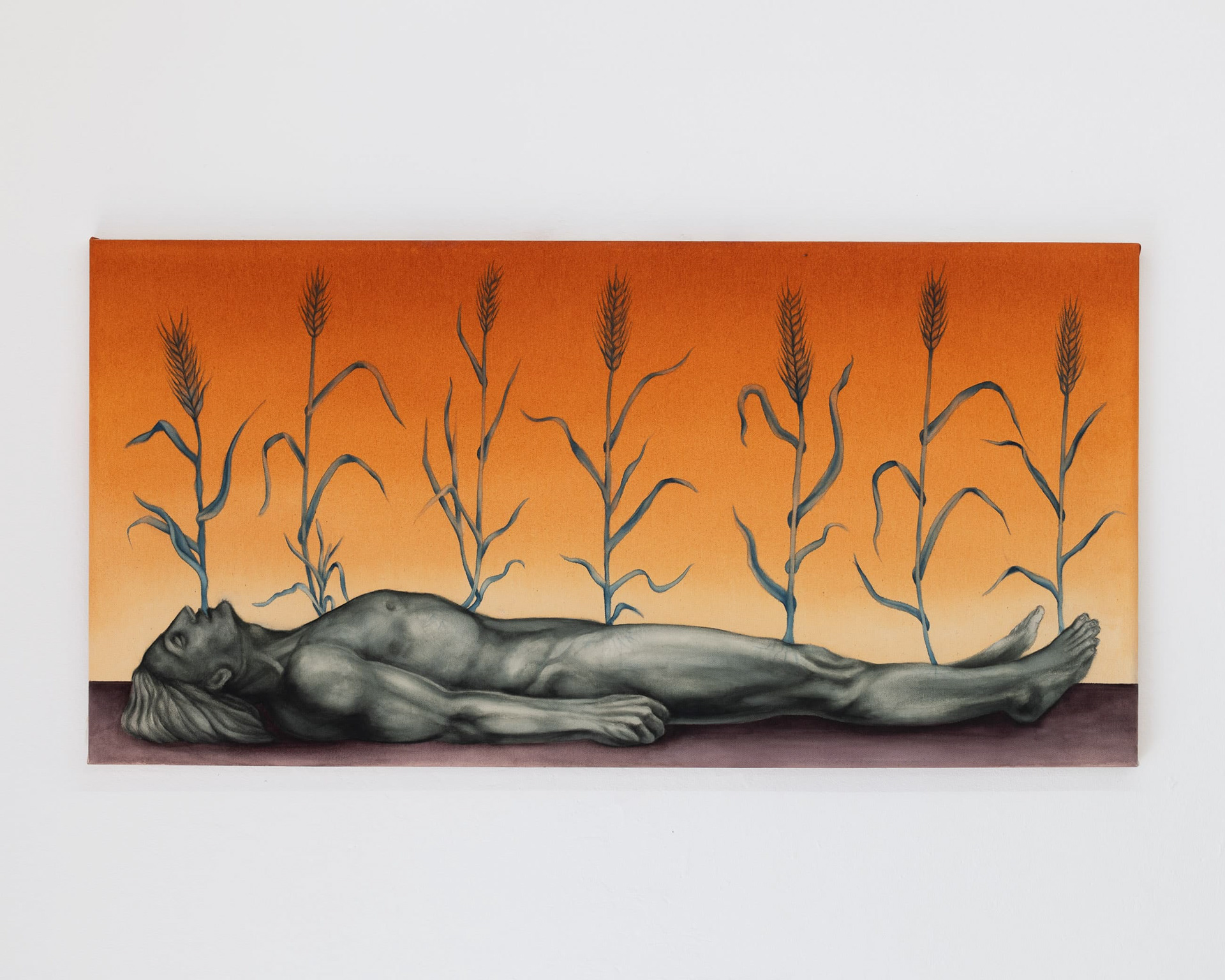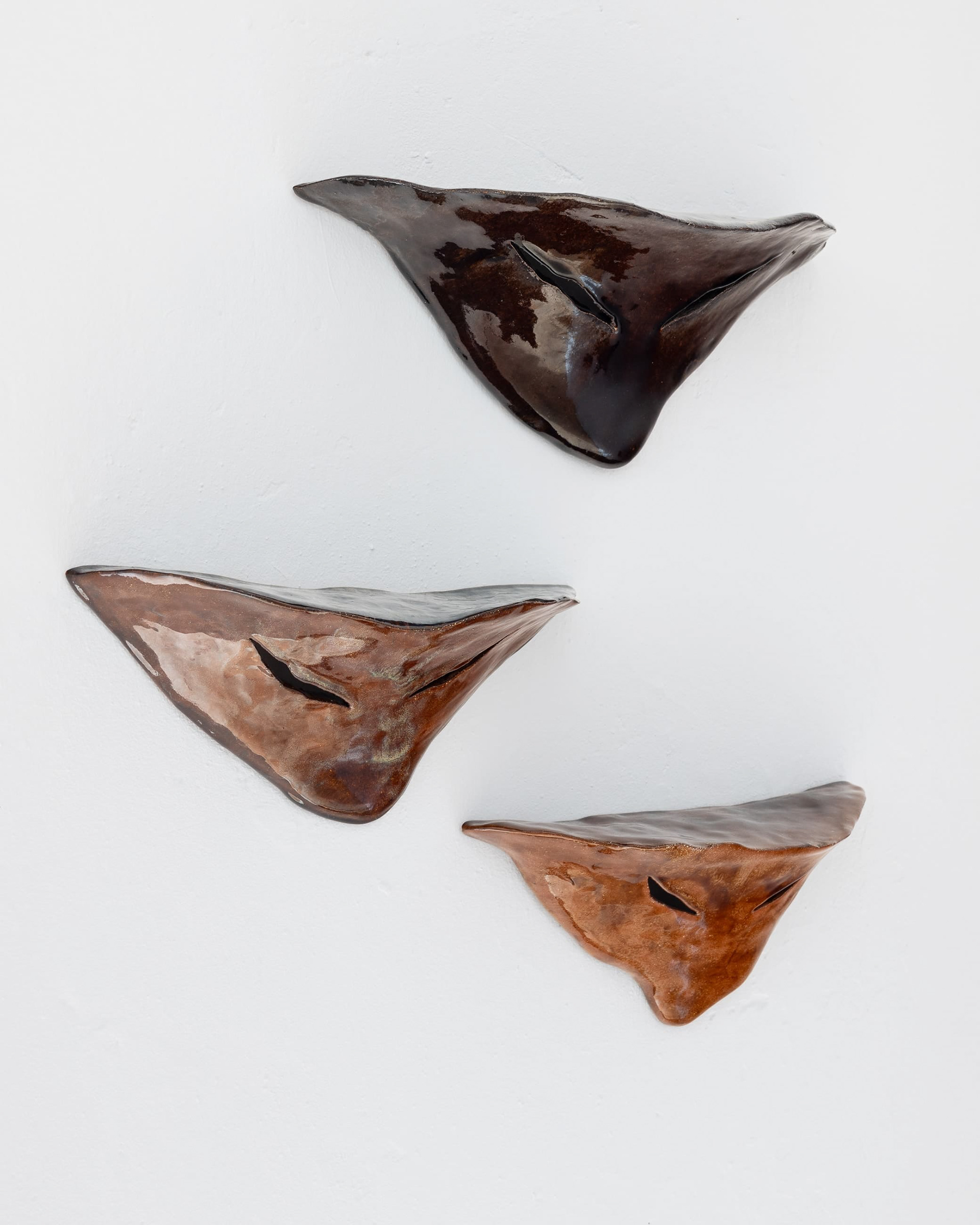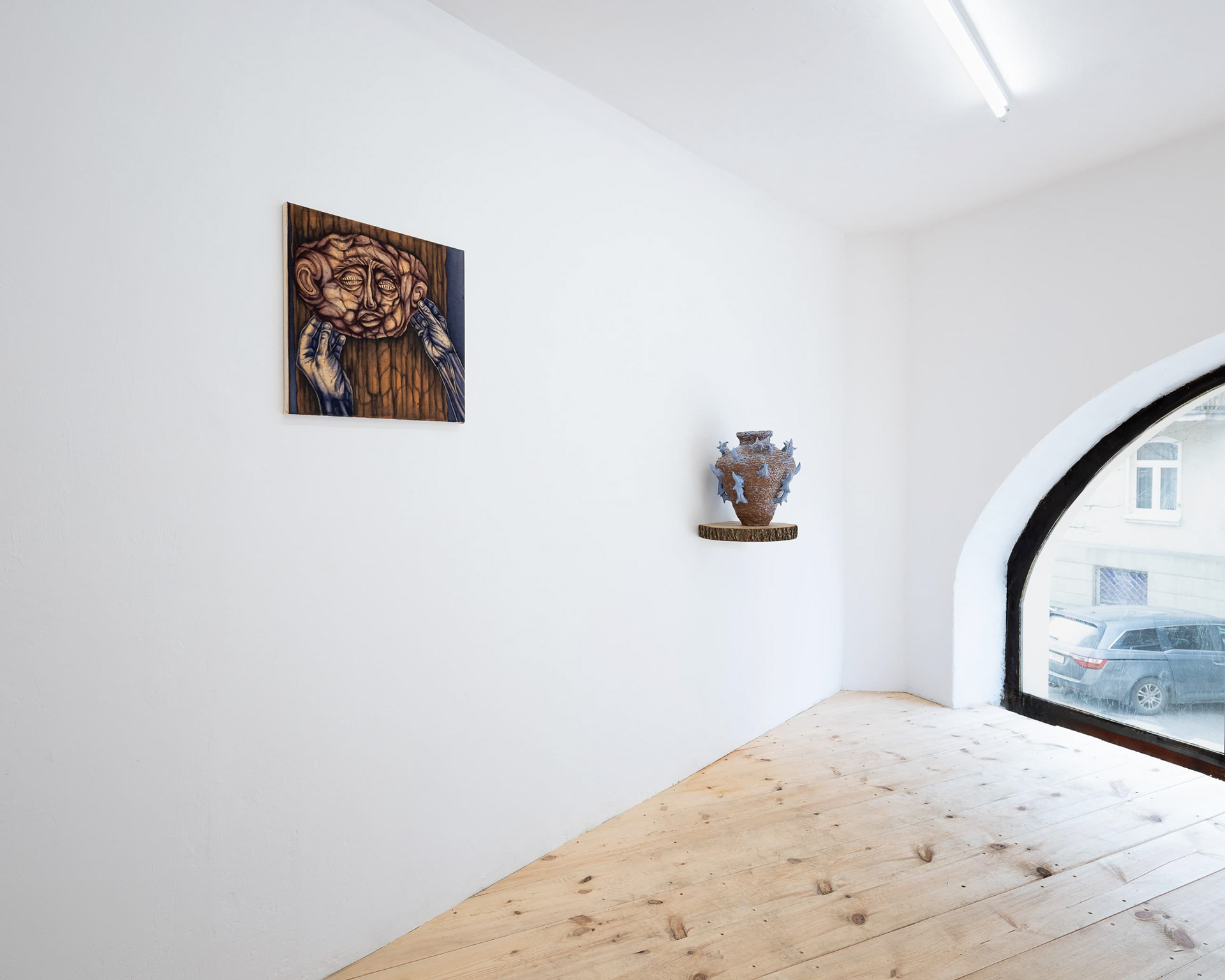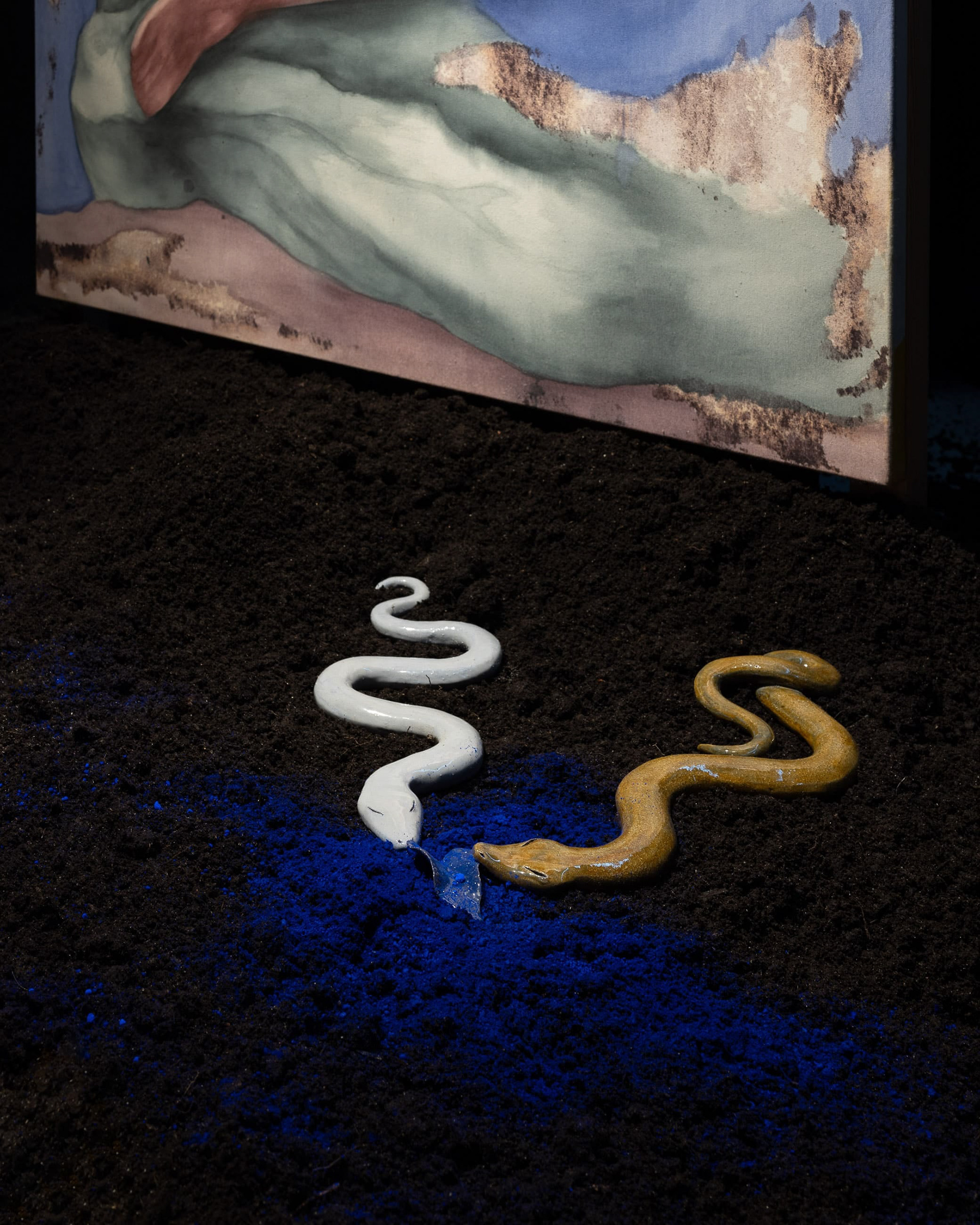You have to be in hell to see heaven
"There is a thought running through the myths that deep down, at the very bottom of the abyss, the voice of salvation resounds. The moment when there is only blackness all around is the moment that heralds the imminent arrival of true transformation. At the moment of greatest darkness, light shines forth."
Joseph Campbell, The Power of Myth
Joseph Campbell, The Power of Myth
Wanting to know the universal truth about life, we must first embark on a journey into ourselves, in search of the truth about ourselves. On such a path it is worth having a guide - a teacher, who in moments of doubt or confusion of the path, will lead us,
pointing out the direction. It is known that this road is neither pleasant nor easy, and an essential part of it is to face one's own darkness. Often we will also stumble, including at "our own feet," deluding ourselves that we have already reached our destination while we are getting bogged down. But at the end of the road, lightness, peace, connection to the world and liberation from limiting matter await us. Myths of all cultures, sacred books or traditions of shamanic ecstasies are stories of self-discovery, reconnection with the spiritual world, but also with the world in general,
understood as the cosmos, of death in the lifetime of one or many. Drawing from these stories, Ola Liput and Maciek Nowacki create their own story of a journey into the self through the exhibition "You have to be in hell to see heaven" Maciek tells of the symbolic death of the body, which leads to growth, self-discovery and access to previously unattainable knowledge, as well as liberation from imposed socio-cultural norms. But also to a connection with nature. These practices are reminiscent of shamanic rituals - to become a shaman, one must undergo a painful ordeal of killing the body. The goal of these practices was to cease identification with the material so that one could connect with the immaterial, spiritual world. One of the elements aiding this process was the use of mushrooms containing psilocybin in various forms. The symbolic death of the body, which modern psychology refers to as the death of the ego, is an essential element of virtually all religions and beliefs in general. Hence in the artists' works references to both Christianity and pagan beliefs. The recurring color blue and the blue figures of the little boy and the mythological figure are a symbol of transformation (psilocybin mushrooms dye blue). In areas of Siberia, psilocybin is taken with the urine of the shaman and in many areas, including Mexico, honey was used to preserve psilocybin-containing mushrooms. For this reason the hero of the myth of Glaukos, whom Ola is inspired by, fell into a jar of honey, where he stored until his resurrection and the monk in Maciek's painting "What is Enlightenment" accepts urine from a blue boy into his mind. In his book "Food of the Gods" Terrence McKenna, as it were, rewrites the myths we know, explaining supernatural phenomena by their characters' consumption of various psychoactive substances. Ola Liput re-tells the Minoan "Myth of Glaukos" through her ceramic works. It is the story of a lost boy who is found by Polyidos in a pitos - a vessel full of honey. The mage, thanks to the observation of a snake, who with the help of herbs restores the life of his companion, the other snake, resurrects Glaukos. This is a tale of death that leads to resurrection.
Polyidos is otherwise known as a man-who-has-many-ideas - that is, a shaman, while Glaukos is someone blue-gray. Psilocybin mushrooms turn blue when broken. Glaukos, the young man who preserved himself in pitos with honey, may be a symbolic representation of the mushrooms themselves. All the elements of the almost-forgotten cult of mushrooms appear in this unusual myth: the issue of death and resurrection, snakes familiar with herbs, and a gray-blue child preserved in honey. In the works of both artists, nature comes alive, accompanies and supports man on this journey. With a smile, she cheers for us to be reborn in unity with nature, with the cosmos. During the journey, we are given a new face from the forest as a gift - a mask that is in between, in the process. In our hands lies the responsibility for shaping it and giving it its final
form. Only then, with its help, will we expand the boundaries of our own existence. This mask from the forest is an external means, for inner transformation, for awakening in oneness with oneself and the world. It's something you don't know well enough yet, and at the same time has always accompanied you. The exhibition is a reflection on the contemporary search for the spiritual side of life, and what defines us as human beings. Once again, it turns out that in our desires and search there are elements present that are unchanging regardless of the times, culture or professed philosophy and religion. For the artists, as for the shaman, the world resembles a story more than complex physical structures, so Ola and Maciek tell us a story about experiencing death while living, which leads to the growth of our humanity, while bringing us closer to the unknowable, to the transcendent world.
Artists:
Lectwo Gallery (IG: lectwo_gallery) | Poznan, Poland
